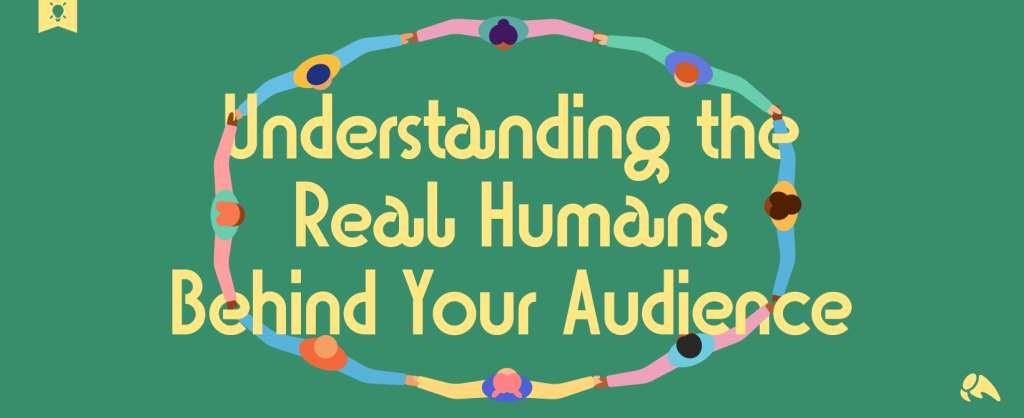
Powered by RedCircle
Ensuring your events are inclusive and accessible is key to broadening your audience reach. According to the World Health Organization (WHO), an estimated 1.3 billion people, or 16% of the world’s population—1 in 6 of us—experience significant disabilities. And it’s not just about statistics; it’s about each person facing unique challenges.
Accessibility matters because it makes everyone feel welcome at every event, regardless of physical challenges or hidden disabilities. Plus, the Americans with Disabilities Act (ADA) has requirements for events to prevent discrimination against people with disabilities. At Overit, we have experience hosting accessible events – virtually and here at our Albany, NY HQ. That’s why we want to offer actionable tips and best practices for you to integrate accessibility seamlessly into your event planning.
First of all, what do we mean by accessible events?
Ensuring accessibility in event planning is essential. It should be both a moral responsibility and a legal obligation to make your events more inclusive. But what do we mean by accessibility exactly? Take note of the following considerations:
- Physical Accessibility: The space poses no issues for wheelchair users and individuals with vision disabilities.
- Sensory Accessibility: The event is safe for people with allergies, and accommodations are in place for individuals who are blind, deaf, or hard of hearing.
- Cognitive Accessibility: Provide clear information about the event, present all materials in different formats and plain language, and let people know what to expect in advance.
How to make your events accessible
Making your event more accessible involves planning and execution before, during, and after your event.
Pre-Event
First and foremost, ensure you choose an accessible venue—one that is wheelchair accessible and easily reachable via public transportation. The key to any successful event is promotion in advance, and any marketing and promotion of your event needs to be accessible, too. Take the following steps:
- Provide event information in various accessible formats, including your website, email communications, and forms.
- Include a point of contact on all registration forms to allow people to request reasonable accommodation. Specifically, ask them what they need. Don’t put it on them to start the conversation. Examples of what to ask for include:
- Do you need captions for the event?
- Do you require the presence of a sign language interpreter?
- Will you be accompanied by a service animal or Personal Care Assistant (PCA)?
- Do you require wheelchair access?
- Include information about quiet spaces for those who need them.
- Make all emails accessible by adding alt text for images so screen readers can read emails.
- Enhance social media accessibility by using alt text or providing image descriptions in the post.
During the Event
In-person events are back post-COVID-19, but a lot of organizations are also hosting hybrid (in-person and virtual events). If you are hosting a virtual or hybrid event, make sure you take the following steps to make your event accessible:
- Ensure accessibility by allowing for the pinning of American Sign Language (ASL) interpreters, closed captioning, etc.
- Encourage participants to minimize cross-talking for the benefit of those using screen readers.
- Avoid disabling functionality that others may rely on, such as hand-raising.
If you’re hosting an on-premise, physical event, make sure you’re taking the following steps to ensure your event is accessible to all:
- Ensure wheelchair accessibility with ramps at main entrances.
- Enhance visibility with clear, easy-to-read signage featuring high contrast.
- Establish clear paths in and around the event space for both blind individuals and wheelchair users.
- Ensure unobstructed views of the front of the room for everyone in their seating.
- Incorporate accessible seating into the room setup, avoiding separation from the rest of the group.
- Consider food accommodations, such as providing suitable seating/tables and being mindful of food options for individuals with specific needs. Ensure that stations can be operated by everyone.
And for all events, no matter what, make sure you are taking the following steps:
- Utilize image descriptions for presentations and provide captioning for videos.
- Ensure the availability of sound devices for attendees who are hard of hearing.
- Provide CART (Communication Access Realtime Translation) and ASL (American Sign Language) interpretation.
- Schedule frequent breaks to allow individuals to get up and move around.
After the Event
After you wrap up your event, ask participants how you did. Collect feedback from attendees to improve event accessibility at future events. And, of course, consider accessibility when creating communications, online polls, and feedback forms.
Parting thoughts on event accessibility
Taking the time to address accessibility thoughtfully guarantees a positive and inclusive experience for all event attendees. When planning an event, don’t ignore accessibility. Take the time when planning your event. It’s your legal, ethical, and moral responsibility. But also, don’t be afraid to ask for help! Access an accessibility events guide from New York State’s Office for People With Developmental Disabilities (OPWDD), or download our ADA Compliance handout.
Learn more:
Hybrid Event: Coming Back Better: Event Planning Lessons From COVID







